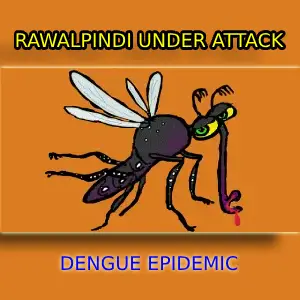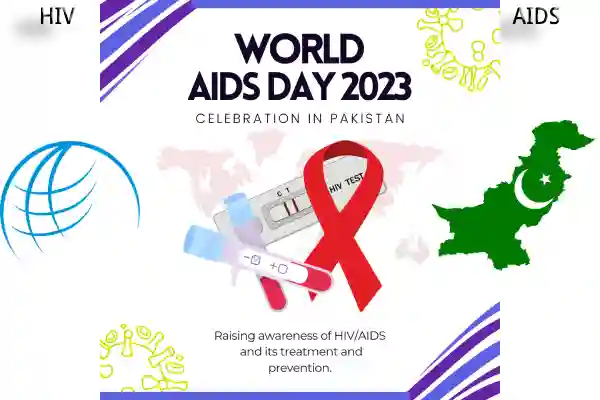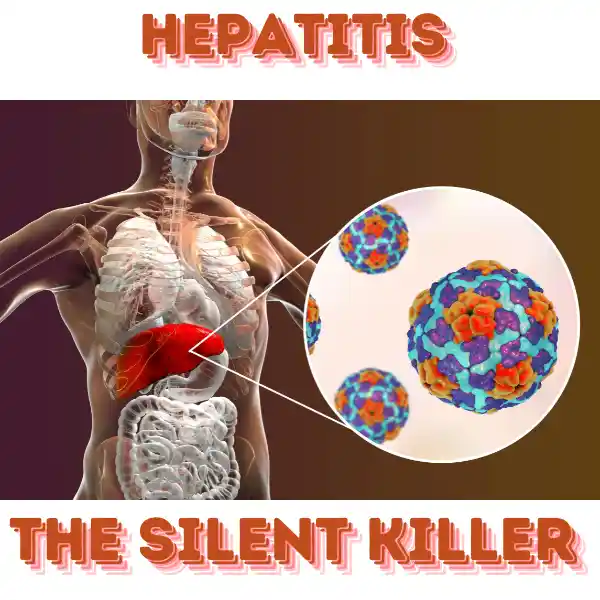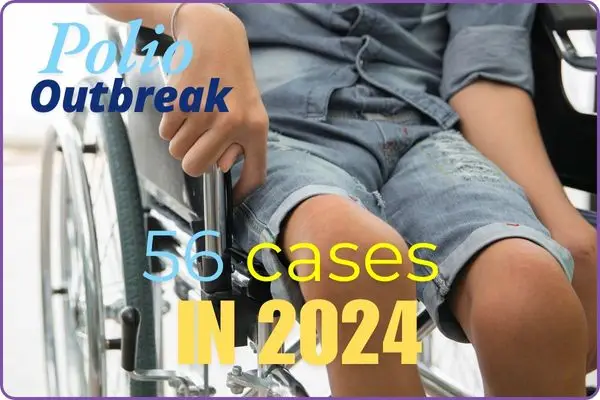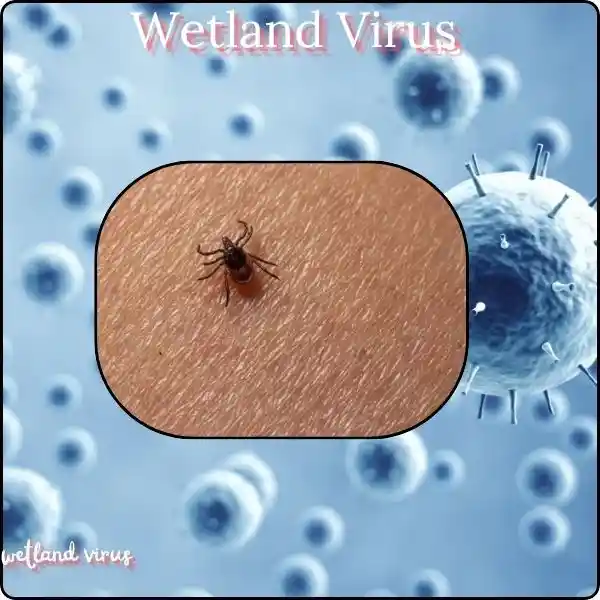Stay Safe from CCHF: Spotting congo fever Symptoms, Taking Precautions
The term “Congo” in Crimean-Congo Hemorrhagic Fever (CCHF) is derived from the locations where the virus was first identified, Crimea and Congo, in the 1940s. The disease was initially documented in the Crimea region of Ukraine and later in the Congo region of Africa.

Congo
Stay Safe from CCHF: Spotting congo fever Symptoms, Taking Precautions
Suspected in Rawalpindi
Saddam, a resident of Chakwal, has been hospitalized with symptoms suggestive of the Congo virus, including a high fever and nosebleeds. Samples have been sent to the National Institute of Health (NIH) for confirmation.
Previous cases include Imran from Hazro Tehsil and Khairan from Jhand Tehsil, both of whom passed away after NIH confirmed their diagnoses. Another patient, Shahzeb from Fateh Jang, showed symptoms but tested negative.
Dr. Tahir Rizvi emphasized the hospital’s preparedness with dedicated wards and SOPs for managing infectious diseases, noting no current dengue patients.
Congo fever in Karachi claims lives
Two lives were recently claimed by Congo Fever in Karachi, Pakistan, within the past four days, underscoring the ongoing challenges posed by this viral disease in the city.
Congo fever is a severe viral illness with the potential for life-threatening consequences. Endemic in various regions across Africa, the Middle East, Asia, and Europe, CCHF is a disease that demands attention and vigilance. In this article, we explore the importance of recognizing Congo fever symptoms and taking essential precautions to stay safe from this deadly virus.
Understanding CCHF: The Basics
CCHF is caused by the Crimean-Congo fever, a member of the Nairovirus genus. This virus is primarily transmitted through ticks, with the Hyalomma tick acting as the main vector. Additionally, human infection can occur through direct contact with the blood, tissues, or bodily fluids of infected animals. Person-to-person transmission is also possible, although less common.
Spotting congo fever symptoms
Early recognition of CCHF symptoms is critical for a timely response. While the severity of the disease can vary, some common symptoms to watch for include:
- High Fever: CCHF often starts with a sudden and high fever.
- Severe Headache: Individuals may experience intense and persistent headaches.
- Muscle and Joint Pain: Severe muscle and joint pain can be an early sign.
- Nausea and Vomiting: Nausea and vomiting are common symptoms, particularly in the initial stages.
- Diarrhea: Diarrhea can develop as the disease progresses.
- Abdominal Pain: Severe abdominal pain may occur.
- Bruising and Petechiae: Unexplained bruising and the appearance of petechiae (small red or purple skin spots) can be indicators.
- Bleeding: In advanced cases, bleeding symptoms may manifest, such as nosebleeds, gum bleeding, and blood in urine or stool.
- Jaundice: Yellowing of the skin and eyes (jaundice) can be a late-stage symptom.
- Shock and Organ Failure: In severe cases, individuals can progress to shock and multi-organ failure.
Preventive Measures
Preventing CCHF is a shared responsibility that involves both individual and community-level efforts. Here are essential precautions to reduce the risk of infection:
- Tick Avoidance: When in tick-prone areas, wear long-sleeved clothing and use tick repellents. Perform regular tick checks and remove ticks promptly.
- Animal Handling: If you work with livestock or animals, use gloves and take precautions to avoid direct contact with their blood or bodily fluids.
- Hygiene: Practice good hygiene. Wash your hands thoroughly with soap and water, and use hand sanitizer with at least 60% alcohol when soap and water are not available.
- Avoid Raw Meat: Do not consume raw or undercooked meat from potentially infected animals. Ensure meat is fully cooked before consumption.
- Isolation and Quarantine: Isolate infected individuals to prevent person-to-person transmission, and healthcare workers should use appropriate personal protective equipment (PPE).
- Awareness: Stay informed about the risk of CCHF in your area and follow local health guidelines and advisories.
- Vaccination: In some regions, vaccines may be available for individuals at high risk of exposure, such as healthcare workers and veterinarians.
Bottom line
Congo fever is a serious disease, but with early diagnosis and prompt medical care, recovery is possible. It is crucial to remain vigilant and informed about the risk factors in your region. By taking these precautions and being aware of the symptoms, you can play a vital role in protecting yourself and your community from CCHF. Prevention is key, and it begins with knowledge and vigilance. Stay safe.



